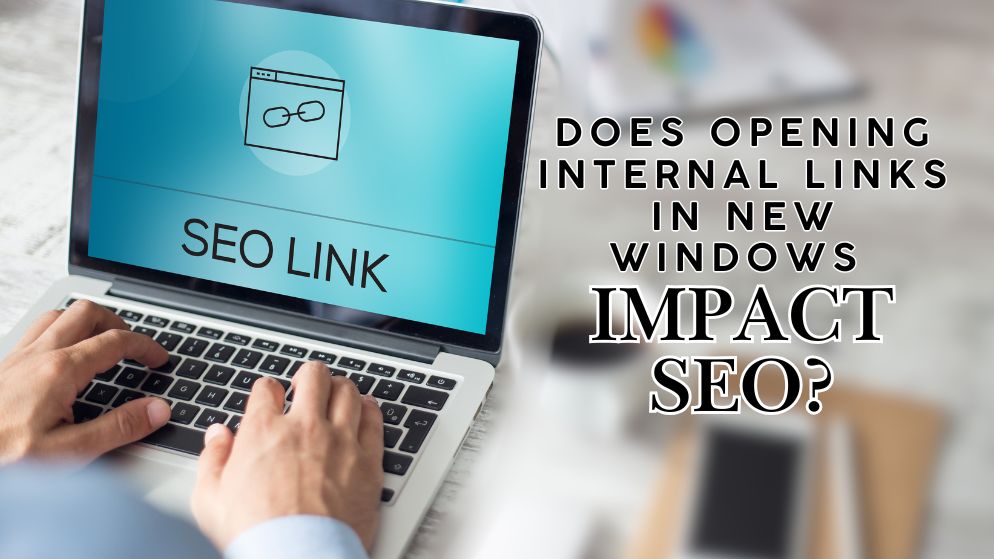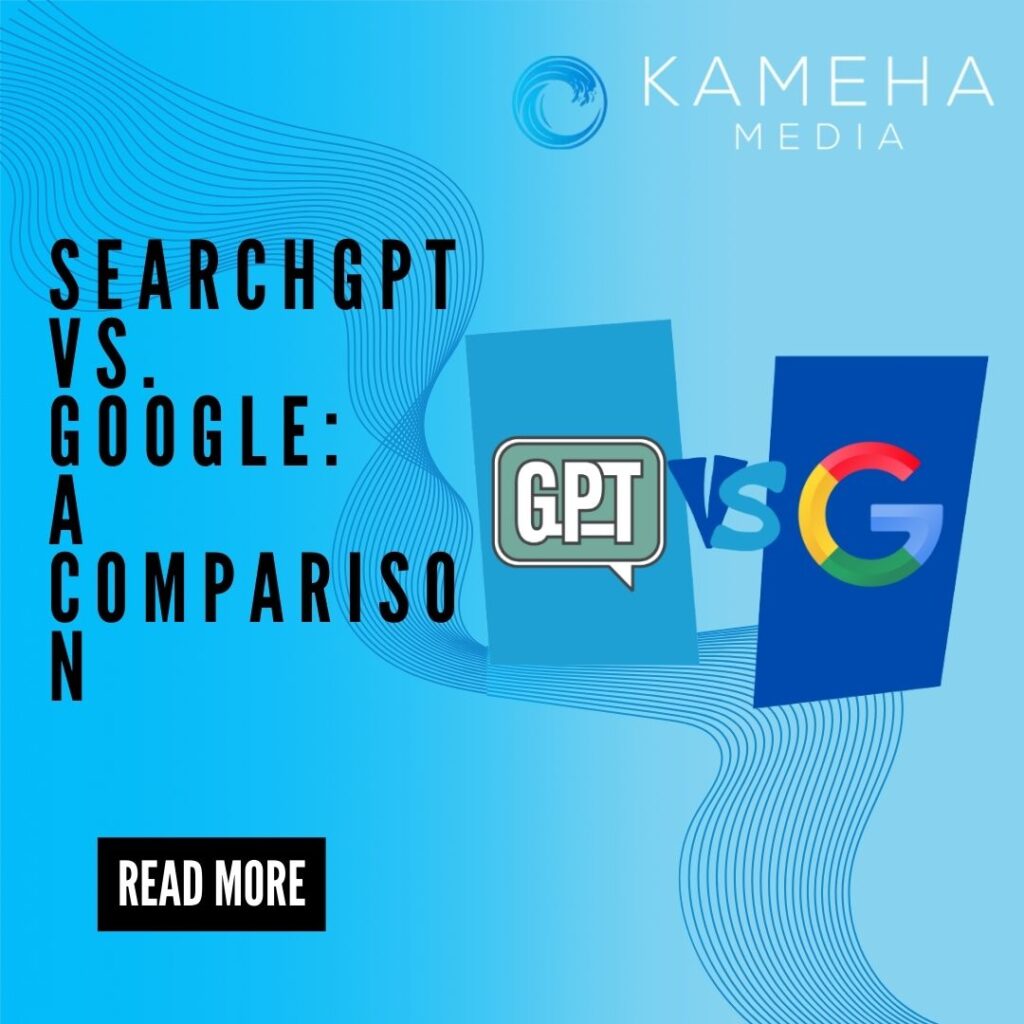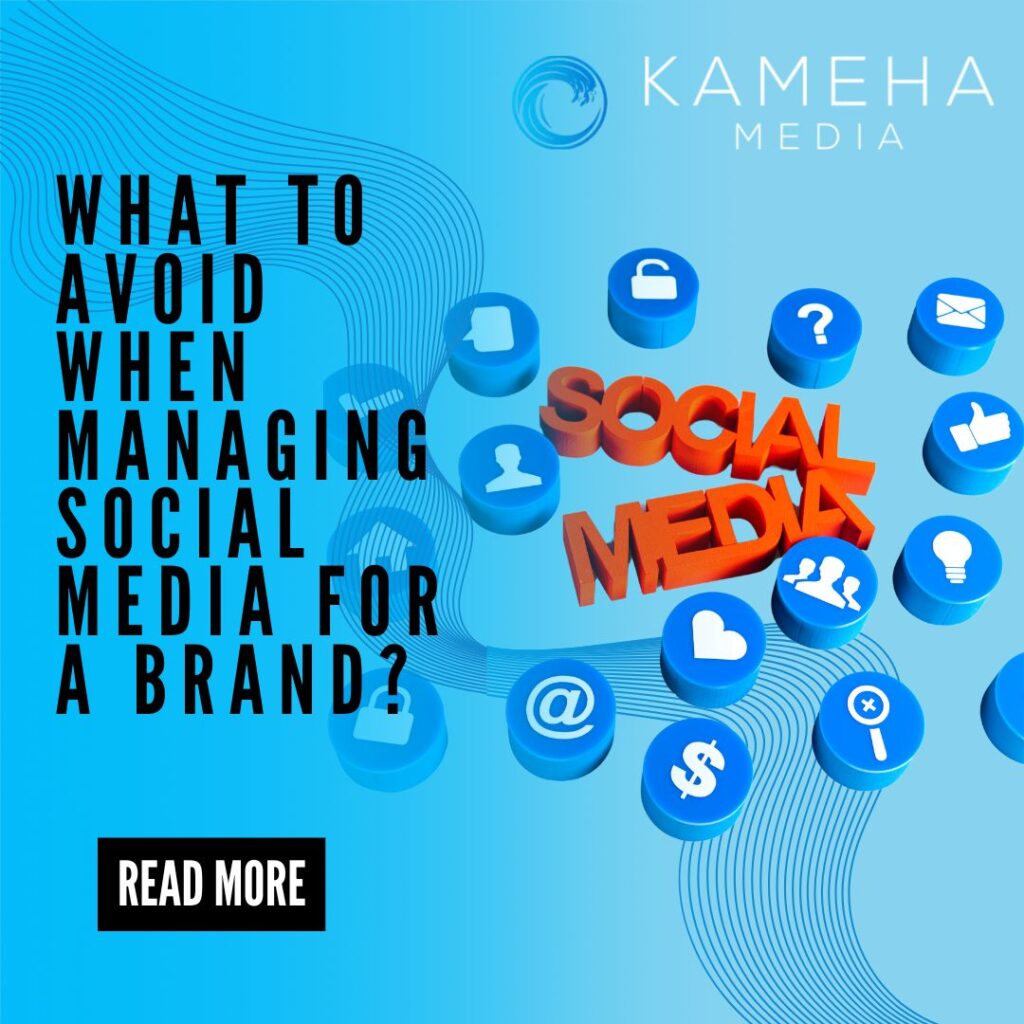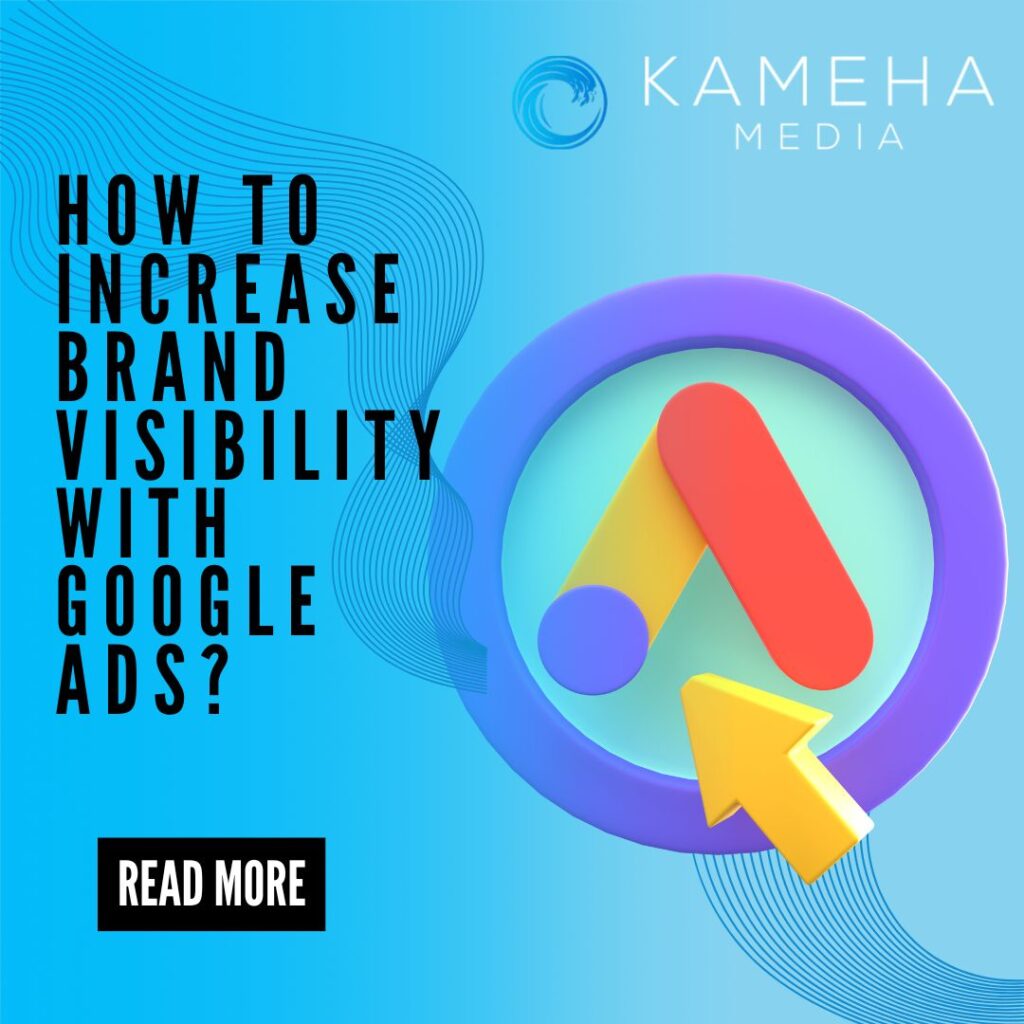Internal linking is a crucial part of SEO strategy, helping search engines understand your website’s structure while enhancing user experience. However, there’s an ongoing debate among web developers and SEO experts: Should internal links open in the same window, or is it better to open them in a new window? Let’s dive deep into this topic and uncover the truth.
What Are Internal Links in SEO?
Internal links are hyperlinks that connect one page of a website to another page on the same domain. Unlike external links, which lead users to a different site, internal links keep visitors within your website. These links are vital for guiding users through your content, establishing site hierarchy, and distributing link authority.
Importance of Internal Links for SEO
Internal links serve several essential functions in SEO:
- Enhancing Site Structure: By linking pages logically, internal links help search engines crawl and index your site more effectively.
- Improving User Experience: They guide visitors through your website, making navigation easier and helping users discover related content.
- Distributing Link Equity: Internal links help distribute SEO value throughout your site, enhancing the visibility of less prominent pages.
In essence, a well-planned internal linking strategy boosts both user engagement and search engine rankings.
Should Internal Links Open in the Same Window or a New Window?
The default behavior for internal links is to open in the same window. However, some webmasters choose to have these links open in new tabs or windows. Why? The decision often depends on user behavior, website goals, and context.
- User Expectations: Most users expect internal links to open in the same window, maintaining a seamless browsing experience. Opening links in new tabs can be disorienting, especially for less tech-savvy users.
- Desktop vs. Mobile Experience: On desktop, users can easily switch between tabs. On mobile devices, however, new tabs can be harder to manage and may disrupt the user flow.
How Does Opening Links in New Windows Impact User Experience?
When considering whether to open links in a new window, it’s essential to weigh the pros and cons:
Pros of Opening in a New Window:
- Keeps Users on Your Site Longer: Users may explore the new content while keeping the original page open, potentially increasing session time.
- Prevents Data Loss: If a user is filling out a form and clicks an internal link, opening it in a new window prevents form data from being lost.
Cons of Opening in a New Window:
- Can Be Annoying for Users: Unexpected new tabs can frustrate users, especially if they accumulate quickly.
- Might Increase Bounce Rate: If users get overwhelmed by too many open tabs, they might leave your site entirely.
Does Opening Internal Links in New Windows Impact SEO Performance?
From an SEO standpoint, there’s no direct penalty for opening internal links in a new window. Google’s John Mueller has stated that opening links in a new tab does not affect search rankings. However, it may influence user behavior metrics like bounce rate, which can indirectly affect your SEO.
- Bounce Rate and Time on Site: If users are bouncing back to search results or closing the tab quickly, it might signal poor user experience to search engines.
- Crawlability: Opening internal links in a new window doesn’t impact a search engine’s ability to crawl your site, but it might affect how users interact with the content, which can influence engagement metrics.
User Engagement and Metrics Impact
Opening internal links in new tabs can affect key user metrics such as:
- Bounce Rate: If users leave your site due to an unexpected new tab, your bounce rate may increase.
- Time on Site: Keeping the original tab open can increase session duration, but only if users return to engage with it.
- Pages Per Session: Users may be less likely to explore further if they find the new tab disruptive.
It’s crucial to analyze these metrics in Google Analytics to understand the impact of your linking strategy.
SEO Best Practices for Handling Internal Links
- Use Descriptive Anchor Text: Ensure the anchor text is relevant and provides context to both users and search engines.
- Link to Valuable Content: Only link to pages that provide additional value, improving the user experience.
- Maintain Consistency: Internal links should generally open in the same window unless there’s a compelling reason not to.
How to Open Internal Links in New Tabs
To have internal links open in a new tab, you can use the HTML attribute target=”_blank”. For example:
<a href=”your-internal-page.html” target=”_blank” rel=”noopener”>Read more</a>
The rel=”noopener” attribute helps prevent potential security risks associated with target=”_blank”.
When Should You Consider Opening Internal Links in New Windows?
In most cases, internal links should open in the same window to provide a consistent user experience. However, there are exceptions:
- Complex Forms: To prevent users from losing data, consider opening links in a new tab if they lead away from a form page.
- Reference Material: If the link provides additional reference material without replacing the main content, a new tab can be useful.
How Does Opening Internal Links Affect Mobile Users?
Mobile users may find it more challenging to manage multiple tabs. Opening links in new tabs on mobile can disrupt the browsing flow and may cause users to abandon the session. It’s crucial to consider the user’s device when deciding on your linking strategy.
Misconceptions About Internal Linking and SEO
A common myth is that opening internal links in new tabs automatically boosts SEO. This is false. The SEO benefit of internal links comes from their relevance, anchor text, and placement, not from how they open.
Tools to Audit and Optimize Internal Links
Several tools can help you analyze your internal linking strategy:
- Google Search Console: Provides insights into your internal link structure.
- SEMrush and Ahrefs: Offer detailed reports on link distribution and potential issues.
- Yoast SEO Plugin: Helps WordPress users optimize internal links effectively.
Final Verdict: How to Make the Right Choice for Your Internal Links?
Opening internal links in a new window is primarily a matter of user experience rather than SEO impact. While it doesn’t directly influence rankings, it can affect user behavior metrics like bounce rate and session duration. For most cases, sticking to the standard practice of opening internal links in the same window is advisable, ensuring a seamless user experience.
Looking to improve your internal linking strategy and boost your site’s SEO performance? Let Kameha Media help you navigate the nuances of internal linking for a seamless user experience and enhanced search engine visibility. If you’re considering whether links should open in the same tab or a new window, our experts can recommend best practices to enhance user engagement and reduce bounce rates. With tailored solutions and data-driven strategies, we ensure your website’s structure is search-engine friendly while providing a smooth experience for your visitors. Contact Kameha Media today to optimize your internal linking strategy and elevate your SEO results. Let’s get started on building a smarter, more efficient site together!
FAQs
- Should I always open internal links in the same tab?
- Yes, this is the standard practice as it offers a better user experience.
- Can opening links in a new window harm my SEO?
- Not directly, but it can affect user engagement metrics, which may indirectly influence SEO.
- How can I decide when to use new windows for links?
- Consider the context and user experience. If it helps prevent data loss or enhances navigation, use a new window.
- Is there a security risk with target=”_blank”?
- Yes, using target=”_blank” without rel=”noopener” can expose your site to security vulnerabilities.
- What tools can help optimize my internal linking strategy?
- Google Search Console, SEMrush, Ahrefs, and Yoast SEO are great tools for auditing and optimizing internal links.




